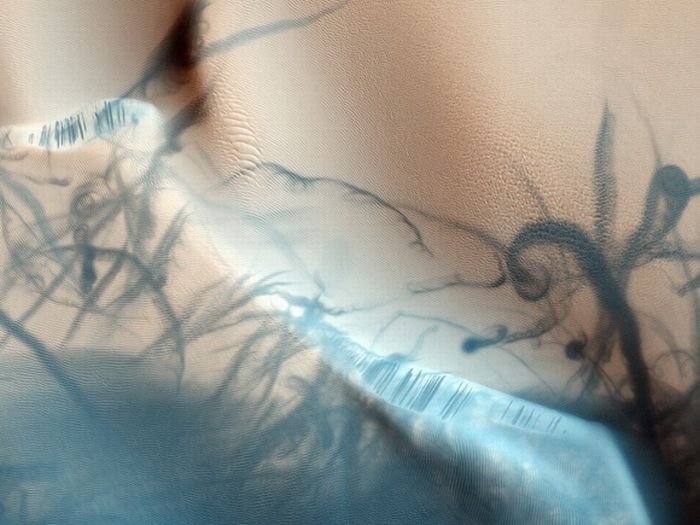|
|
Mars Surface
|
Mars has approximately half the radius of Earth. It is less dense than Earth, having about 15% of Earth's volume and 11% of the mass. Its surface area is only slightly less than the total area of Earth's dry land. While Mars is larger and more massive than Mercury, Mercury has a higher density. This results in the two planets having a nearly identical gravitational pull at the surface—that of Mars is stronger by less than 1%. Mars is also roughly intermediate in size, mass, and surface gravity between Earth and Earth's Moon (the Moon is about half the diameter of Mars, whereas Earth is twice; the Earth is about nine times more massive than Mars, and the Moon one-ninth as massive). The red-orange appearance of the Martian surface is caused by iron(III) oxide, more commonly known as hematite, or rust.
Geology
Based on orbital observations and the examination of the Martian meteorite collection, the surface of Mars appears to be composed primarily of basalt. Some evidence suggests that a portion of the Martian surface is more silica-rich than typical basalt, and may be similar to andesitic rocks on Earth; however, these observations may also be explained by silica glass. Much of the surface is deeply covered by finely grained iron(III) oxide dust.
|
|









